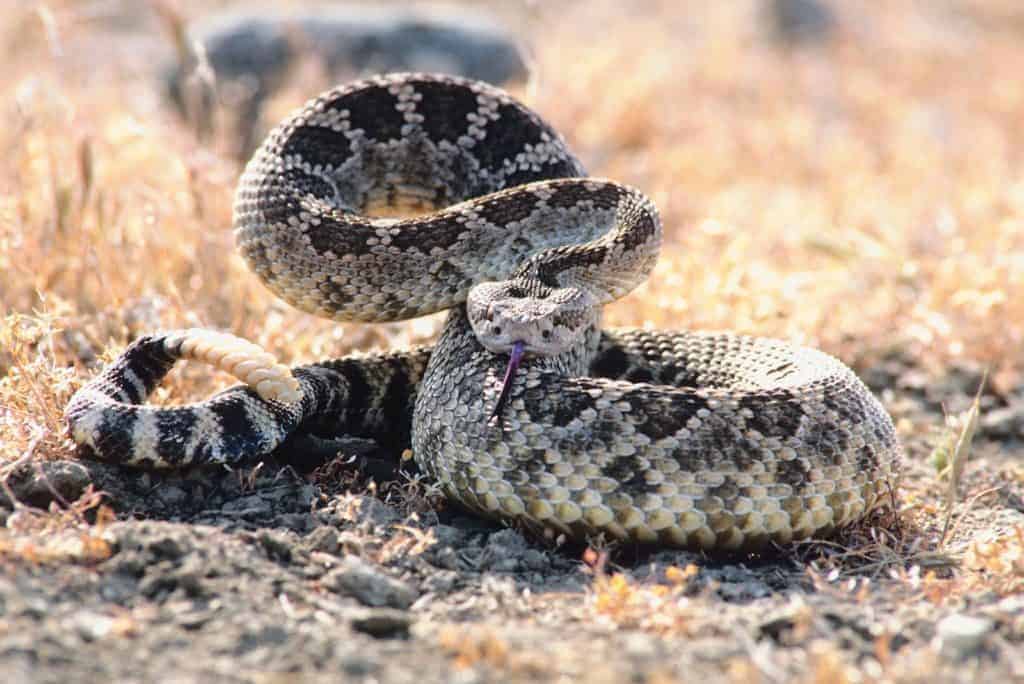
Quarantining a New Horse
Dr. Erin Denney-Jones talks about the health precautions associated with bringing a new horse into your herd.

Dr. Erin Denney-Jones talks about the health precautions associated with bringing a new horse into your herd.

Consider your property’s equine traffic, geographic location, and parasite control goals to create an effective program.

Mud prevention requires long-range planning and a balance between managing horses and managing pastures.

Dr. Erin Denney-Jones explains the importance of stall bedding and the options available for horses.

Several favorable tax provisions the horse industry enjoyed in 2013 have reverted to lower levels or expired.
Officials drew blood from horses in a third quarantined barn Dec. 5, with test results expected Dec. 10.

The change could threaten 80,000 horses’ lives and put more than 6,000 horse industry employees out of work.

Fall is the ideal time to plant native plants on your horse property.

The Animal Health Trust orthopedics team performs cutting-edge research of equine anatomy and function.

Disease outbreaks are dangerous to the health of your horses and can be disastrous for your business.

Of the 1,013 voters, 581 (57%) indicated they use shavings or wood chips in their horses’ stalls.
The guide includes practical tactics designed to mitigate the cost and impact of these challenges.

Knowledge about handling outbreaks will help ensure the best health possible for all horses involved.
Learn what makes a properly planned business stand out with an online course on equine business management.

Sift through these bedding choices that will absorb moisture, control odor, and give your horses a soft place to sleep.

Learn about the clinical signs of snakebites and treatment options that could help affected horses recover.
Stay on top of the most recent Horse Health news with
"*" indicates required fields